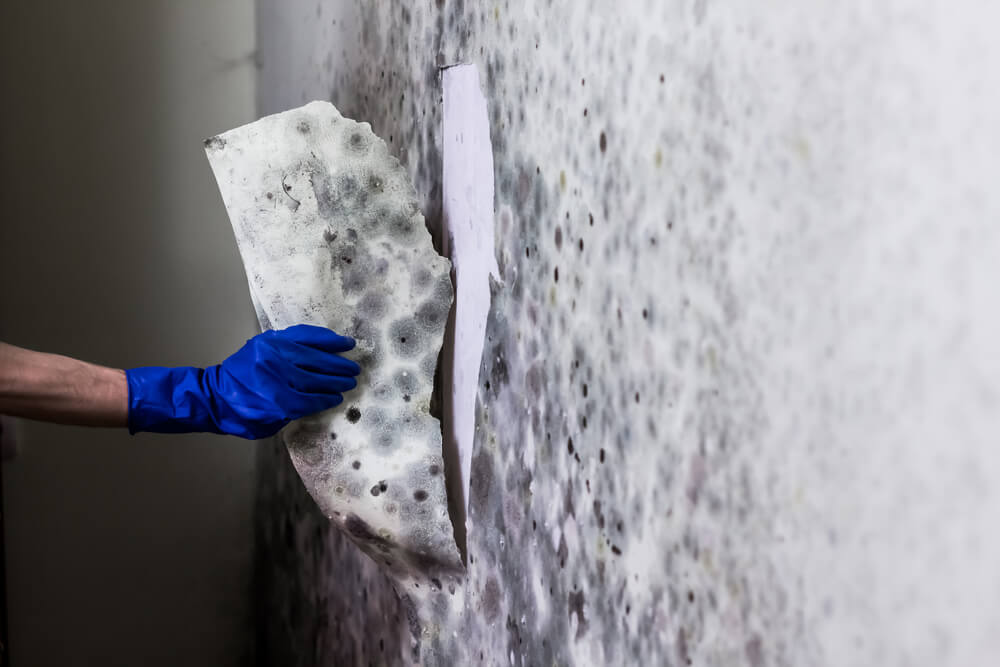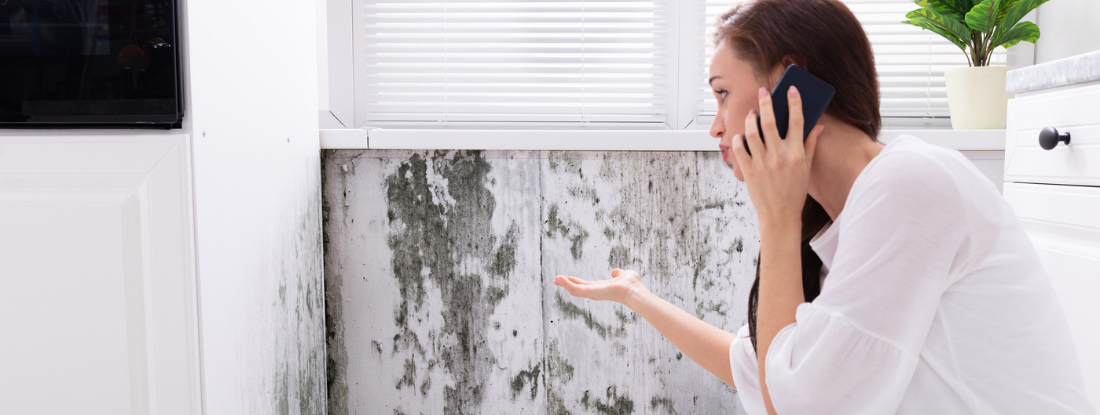Professional Tips for Message Mold Remediation Success
In the realm of mold and mildew removal, efficiently getting rid of mold and mildew is just half the battle; the true obstacle exists in stopping its reappearance. By sticking to expert suggestions and best methods, individuals can safeguard their spaces versus mold and mildew rebirth and preserve a healthy interior atmosphere.
Monitor Moisture Degrees Routinely
Regular surveillance of humidity degrees is crucial in making certain the performance of article mold removal initiatives. After finishing mold removal treatments, keeping ideal humidity degrees is essential to stop mold re-growth and make certain a healthy and balanced indoor environment. Surveillance moisture degrees allows for early detection of any spikes or changes that could potentially lead to mold and mildew resurgence. High humidity degrees above 60% develop a favorable environment for mold and mildew to flourish, making regular monitoring a proactive action to prevent any type of future mold problems - what to do after mold remediation.
Making use of hygrometers or moisture meters can aid in accurately determining humidity levels in different areas of the building. These tools give real-time data that allows removal specialists to make informed decisions concerning ventilation, dehumidification, and other required actions to preserve excellent humidity levels post-remediation. Furthermore, developing a routine timetable for humidity checks, especially in high-risk areas such as washrooms, cellars, and cooking areas, is a proactive approach to mold and mildew prevention. By consistently monitoring moisture degrees, residential or commercial property owners can efficiently reduce the threat of mold and mildew reoccurrence and maintain a healthy and balanced interior setting post-remediation.
Conduct Thorough Inspections Post-Remediation
Following the completion of mold and mildew remediation procedures, it is critical to conduct thorough inspections to confirm the performance of the remediation procedure. These post-remediation examinations are critical in making sure that the mold concern has been efficiently attended to and that there is no reappearance or staying mold and mildew growth. Inspections must be carried out by certified professionals who have expertise in identifying mold and evaluating indoor air high quality.
Throughout these assessments, numerous approaches such as aesthetic analyses, air tasting, and surface area tasting might be utilized to completely review the remediated locations. Aesthetic assessments involve an in-depth assessment of the facilities to inspect for any kind of noticeable indications of mold growth or water damage. Air tasting aids in establishing the air-borne mold and mildew spore degrees, while surface sampling can detect mold and mildew particles on surfaces.
Implement Proper Air Flow Strategies
After ensuring the effectiveness of the mold and mildew remediation process via comprehensive evaluations, the following crucial step is to concentrate on carrying out appropriate ventilation strategies. Adequate air flow is crucial in preventing mold and mildew reoccurrence by controlling moisture degrees and advertising air blood circulation. To attain this, it is advised to utilize exhaust fans in locations prone to high humidity, such as bathrooms and cooking areas. In addition, opening windows and doors when weather allows can assist boost airflow and reduce dampness buildup. Air dehumidifiers and purifiers are additionally important devices in maintaining ideal indoor air quality.
Proper ventilation not only aids in protecting against mold development however likewise contributes to the overall wellness and convenience of occupants. By ensuring ample air flow throughout the residential property, you can minimize the danger of mold regrowth and create a much healthier living setting.

Usage Mold-Resistant Materials for Fixes
To improve the long-lasting efficiency of mold removal efforts, integrating mold-resistant materials for repairs is critical in reducing the risk of future mold and mildew development. Mold-resistant materials are made to stand up to moisture and hinder mold growth, making them an essential selection for areas vulnerable to moisture and humidity. When repairing locations impacted by mold and mildew, using products such as mold-resistant drywall, mold-resistant paints, and mold-resistant caulking can help stop mold reoccurrence.
Mold-resistant drywall is a superb choice to conventional drywall in locations like shower rooms and cellars where moisture levels are higher. When subjected to damp problems, this kind of drywall has an unique layer that resists mold development also. In addition, making use of mold-resistant paints containing antimicrobial representatives can even more inhibit mold development on walls and ceilings.
In areas where wetness is typical, such as check my blog restrooms and kitchen areas, making use of mold-resistant caulking around windows, sinks, and tubs can aid seal out water and stop mold and mildew from holding in fractures and crevices. By investing in these mold-resistant products during repair work post-remediation, you can considerably reduce the possibility of future mold and mildew concerns and preserve a much healthier interior atmosphere.
Maintain Cleanliness and Address Water Issues
Ensuring tidiness and promptly attending to water concerns are essential practices to support in protecting interior areas from mold reinfestation. After mold and mildew remediation, it is important to maintain a tidy environment to stop the regrowth of mold and mildew (Post Remediation Inspection near me). Normal cleaning, cleaning, and vacuuming can help get rid of any type of lingering mold and mildew spores and avoid them from working out and proliferating. In addition, keeping indoor spaces completely dry and addressing any type of water concerns quickly is essential in mold avoidance. Leaks, water invasion, or high moisture levels can develop the best breeding place for mold and mildew, so it is vital to deal with any water-related issues immediately.
To maintain tidiness, take into consideration using HEPA filters in vacuums and air purifiers to trap mold spores and avoid their flow in the air. Ensuring appropriate air flow in locations prone to moisture accumulation, such as washrooms and kitchen areas, can assist keep humidity degrees in check. By staying attentive concerning sanitation and resolving water problems immediately, you can successfully stop mold reinfestation and preserve a healthy and balanced indoor environment.
Verdict

In the world of mold remediation, effectively eliminating mold is only half the battle; the true difficulty exists in stopping its reappearance. After completing mold remediation treatments, maintaining ideal moisture degrees is vital to prevent mold re-growth and make sure a healthy and balanced indoor atmosphere. High moisture degrees above 60% develop a conducive setting for mold and mildew to flourish, making normal checking a positive step to avoid any kind of future mold and mildew concerns.
To boost the lasting performance of mold and mildew removal efforts, incorporating click over here now mold-resistant materials for repair work is vital in alleviating the danger of future mold growth. After mold remediation, it is crucial to maintain a tidy setting to stop the regrowth of mold and mildew.
Comments on “Guidance on What to Do After Mold Remediation”